Validating the physics behind the new fusion experiment0
- From Around the Web, Science & Technology
- October 1, 2020
Seven studies describe progress thus far and challenges ahead for a revolutionary zero-emissions power source
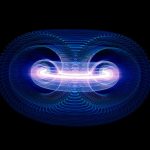
Seven studies describe progress thus far and challenges ahead for a revolutionary zero-emissions power source
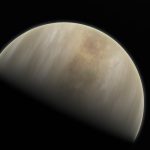
The detection of phosphine in Venus’ atmosphere was one of those quintessential moments in space science.
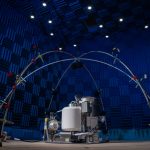
It’ll be the first new loo since the 1990s.
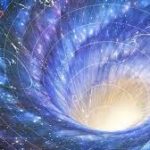
No one has yet managed to travel through time – at least to our knowledge – but the question of whether or not such a feat would be theoretically possible continues to fascinate scientists.
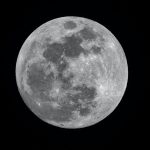
Nasa is expected to send astronauts back to the moon by 2024

NASA and SpaceX confirmed the specific launch date for the first crewed mission of the Crew Dragon spacecraft.
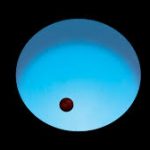
The first results from ESA’s Characterising Exoplanet Satellite (Cheops) exoplanet mission has revealed one of the hottest and most extreme planets orbiting another star. Located 322 light years away in the constellation of Libra, WASP-189 b is an ultra-hot Jupiter with a temperature so high that iron boils into a gas.
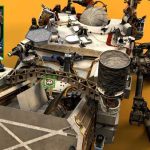
Perseverance is one of a few Mars spacecraft carrying laser retroreflectors. The devices could provide new science and safer Mars landings in the future.

Two researchers advocate sending a quick mission to Venus to try and quell debate over whether our sister planet’s middle atmosphere does in fact harbor some sort of microbial life.

The genomes of our closest relatives, Neanderthals and Denisovans, have been sequenced and compared with that of modern humans. However, most archaic individuals with high-quality sequences available have been female. In new research, a team of geneticists from the United States, China and Europe has sequenced the paternally inherited Y chromosomes from three Neanderthals and two Denisovans; comparisons with archaic and modern human Y chromosomes indicated that, similar to the maternally inherited mitochondrial DNA (mtDNA), the human and Neanderthal Y chromosomes were more closely related to each other compared with the Denisovan Y chromosome; this result supports the conclusion that interbreeding between early Homo sapiens and Neanderthals replaced the more ancient Denisovian-like Y chromosome and mitochondria in Neanderthals.